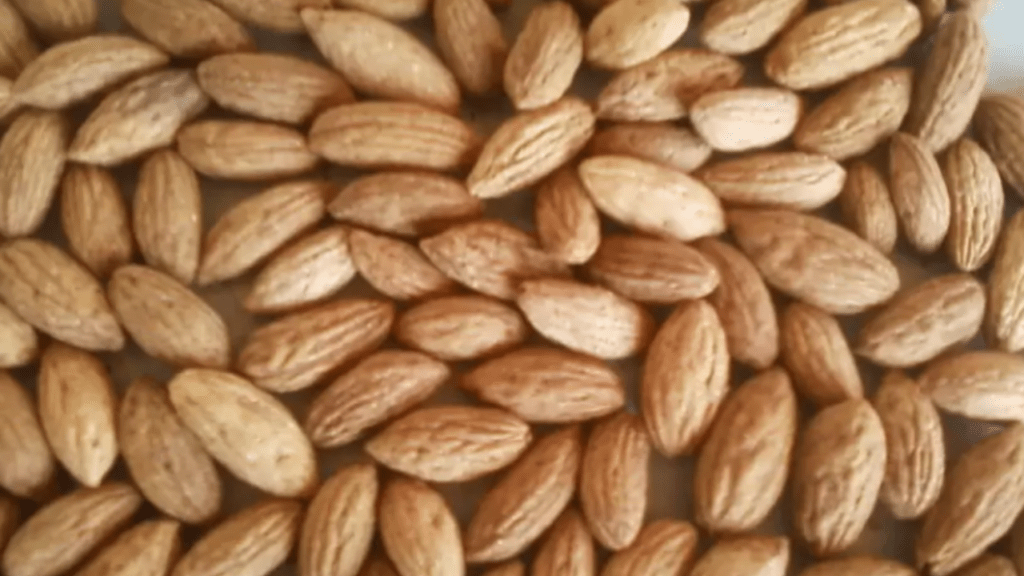
How to Grow Olive Plant Seeds: Step-by-Step Guide for Beginners
Growing olive plant seeds can be a rewarding and enjoyable experience for beginners in gardening. With the right knowledge and care, you can successfully grow your own olive plants from seeds. In this step-by-step guide, we will walk you through the process of selecting the right seeds, planting them, and caring for the seedlings as they grow. Whether you’re a seasoned gardener or new to the world of gardening, this guide will provide you with the information you need to successfully grow olive plant seeds.
Olive trees are popular for their versatile uses, from producing olives for eating to providing olive oil. Growing olive plant seeds can be a rewarding and enjoyable experience for beginners in gardening. The first step is to select the right seeds, which can be purchased from a reputable source. Once you have your seeds, you will need to plant them in well-draining soil and water them consistently. It’s important to keep the soil moist but not waterlogged. As the seedlings grow, you will need to transplant them into larger pots to give them room to grow. Providing the right amount of sunlight, warmth, and nutrients is crucial for the seedlings to thrive. With patience and care, you can successfully grow your own olive plants from seeds and enjoy the beauty and benefits of having your own olive tree.
Table of Contents
ToggleUnderstanding Olive Plant Seeds
Olive plant seeds can be a great addition to any garden, and growing them can be a rewarding experience. When starting out, it’s important to select high-quality seeds from a reputable source to ensure the best chances of successful germination. Once you have your seeds, plant them in well-draining soil and make sure to water them consistently, keeping the soil moist but not waterlogged. As the seedlings begin to grow, it’s important to transplant them into larger pots to provide them with the space they need to thrive. Additionally, providing the right amount of sunlight, warmth, and nutrients is crucial for the seedlings to grow into healthy olive plants. With patience and care, you can successfully grow your own olive plants from seeds and enjoy the beauty and benefits of having your own olive tree.
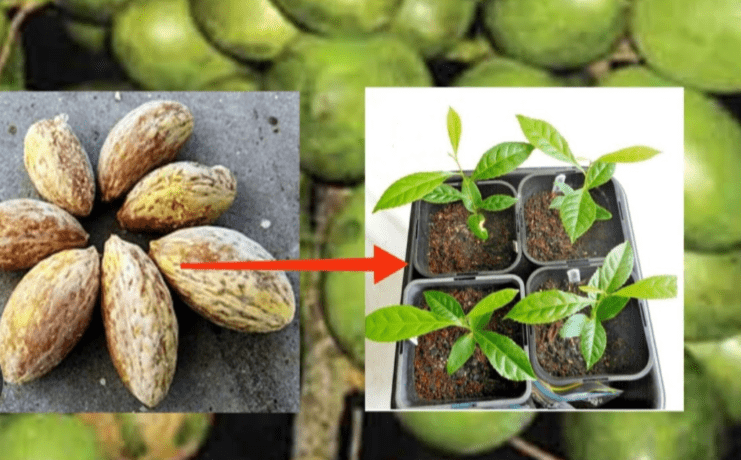
What are olive plant seeds?
Olive plant seeds are the seeds from the olive tree, which is a species of small tree native to the Mediterranean, Asia, and Africa. The seeds are used to grow new olive trees, which can eventually produce olives for eating or for making olive oil. It’s important to select high-quality seeds from a reputable source to ensure successful growth. Olive plant seeds can be planted in well-draining soil and require consistent watering and sunlight to thrive. With the right care and patience, you can successfully grow your own olive plants from seeds and enjoy the beauty and benefits of having your own olive tree.
Varieties of olive seeds.
Olive seeds come in a variety of different varieties, each with its own unique characteristics and qualities. Some popular varieties include Arbequina, Picual, and Koroneiki. Each variety may have different growth habits, fruit characteristics, and oil quality, so it’s important to research and choose the variety that best suits your needs and growing conditions. Additionally, some olive seeds may be better suited for ornamental purposes, while others may be better for harvesting olives for consumption or oil production. Understanding the different varieties of olive seeds can help you choose the right one for your garden or landscape. With the right care and attention, you can successfully grow olive plants from seeds and enjoy the beauty and benefits of having your own olive tree.
Importance of selecting high-quality seeds for successful cultivation.
Selecting high-quality seeds is crucial for successful cultivation. High-quality seeds will have a higher germination rate, leading to more successful plant growth. It is important to choose seeds from reputable suppliers or nurseries to ensure that you are getting the best quality. Look for seeds that are certified and labeled as viable and disease-free. In addition, consider the specific requirements of the plant variety you are growing when selecting seeds. Factors such as climate, soil type, and intended use should all be taken into account when choosing seeds. By selecting high-quality seeds, you can increase the likelihood of successful cultivation and yield a healthy and productive crop.
Selecting and Purchasing Olive Plant Seeds
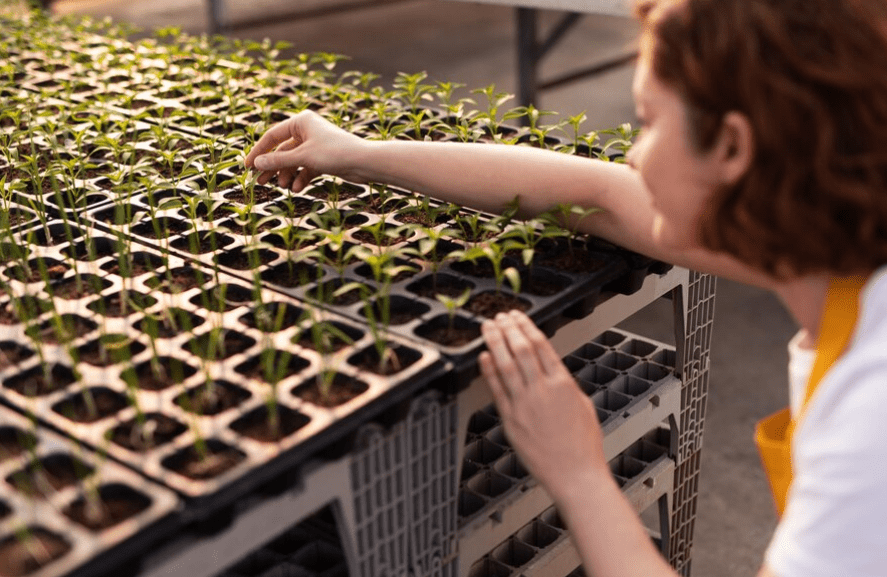
Factors to consider when choosing olive seeds.
When choosing olive seeds, it is important to consider a few key factors to ensure successful cultivation. First and foremost, it is crucial to select high-quality seeds from reputable suppliers or nurseries. Look for seeds that are certified and labeled as viable and disease-free, as this will increase the chances of successful germination and healthy plant growth.
Additionally, consider the specific requirements of the olive plant variety you are looking to grow. Factors such as climate, soil type, and intended use should all be taken into account when choosing seeds. Different olive varieties have different needs, so it is important to select seeds that align with the conditions and intended use of your growing environment.
By carefully selecting and purchasing high-quality olive seeds that meet the specific requirements of the plant variety, you can increase the likelihood of successful cultivation and yield a healthy and productive crop. Taking the time to choose the right seeds will ultimately contribute to the success of your olive plant cultivation.
Where to buy olive plant seeds: nurseries, online stores, or harvesting your own.
When it comes to buying olive plant seeds, there are a few options to consider. One option is to purchase seeds from a reputable nursery. Nurseries often have a wide selection of high-quality seeds and can provide valuable guidance on the specific needs of different olive plant varieties. Another option is to buy seeds from online stores that specialize in gardening and agriculture. Online stores can offer a convenient way to browse and purchase a variety of olive plant seeds, often with detailed descriptions and reviews from other customers. Lastly, if you have access to mature olive trees, you can harvest your own seeds from the fruit. Keep in mind that this option may require additional processing and care to ensure the seeds are viable for planting. No matter which option you choose, it’s important to select seeds that are certified, labeled as disease-free, and suitable for the specific conditions and requirements of your growing environment. By choosing high-quality seeds from a reputable source, you can increase the likelihood of successful olive plant cultivation.
Tips for ensuring seed viability and freshness.
When it comes to ensuring the viability and freshness of seeds, there are a few tips to keep in mind. One option is to purchase seeds from a reputable nursery. Nurseries often have a wide selection of high-quality seeds and can provide valuable guidance on the specific needs of different plant varieties. Another option is to buy seeds from online stores that specialize in gardening and agriculture. Online stores can offer a convenient way to browse and purchase a variety of seeds, often with detailed descriptions and reviews from other customers.
If you have access to mature plants, you can also harvest your own seeds from the fruit. However, keep in mind that this option may require additional processing and care to ensure the seeds are viable for planting. No matter which option you choose, it’s important to select seeds that are certified, labeled as disease-free, and suitable for the specific conditions and requirements of your growing environment.
By choosing high-quality seeds from a reputable source, you can increase the likelihood of successful plant cultivation. With careful consideration and proper care, you can ensure the viability and freshness of your seeds for successful planting and growth.
Preparing for Planting
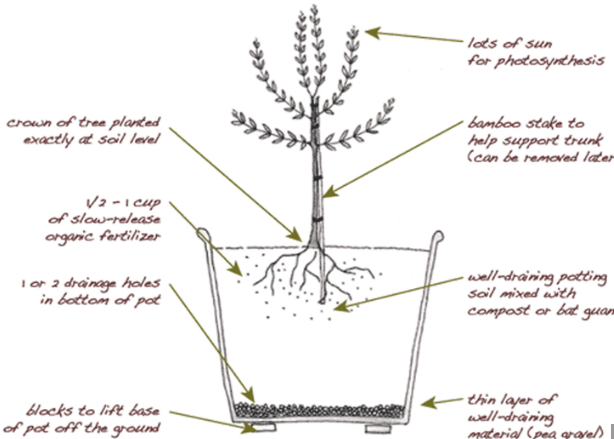
Choosing the right location for your olive tree.
When choosing a location for your olive tree, it’s important to consider a few key factors. Olive trees thrive in warm, sunny climates with well-drained soil. They require plenty of sunlight, so be sure to select a location with full sun exposure for at least 6-8 hours a day. Additionally, make sure the soil is well-drained to prevent waterlogging, as olive trees do not tolerate standing water well. It’s also important to consider the space needed for the tree to grow, as olive trees can become quite large over time. Lastly, consider the potential for cold temperatures and frost in your area, as olive trees are sensitive to extreme cold. By carefully choosing the right location for your olive tree, you can set it up for success and ensure healthy growth and fruit production in the future.
Ideal soil conditions and preparation.
When it comes to planting seeds, it’s important to prepare the soil properly for successful growth. Ideal soil conditions are crucial for the health and vitality of your plants. Before planting, it’s important to ensure that the soil is well-drained and nutrient-rich. This will provide a good foundation for your seeds to grow and thrive. To achieve ideal soil conditions, consider conducting a soil test to determine the pH levels and nutrient content of the soil. Based on the results, you may need to amend the soil with organic matter, compost, or other soil conditioners to create an optimal growing environment for your seeds. Additionally, proper soil preparation involves removing any weeds, rocks, or debris from the planting area to provide a clean and clear space for your seeds to take root. By taking the time to prepare the soil for planting, you can set the stage for healthy and successful growth of your seeds.
Importance of sunlight and temperature requirements for olive trees.
Sunlight and temperature are crucial factors for the successful growth of olive trees. Olive trees require full sunlight for at least 6-8 hours a day to thrive. This allows for proper photosynthesis and the production of healthy, high-quality olives. In terms of temperature, olive trees are best suited to warm, Mediterranean climates. They can tolerate some cold temperatures, but prolonged exposure to freezing temperatures can be damaging to the trees. It’s important to plant olive trees in a location that provides ample sunlight and protection from harsh winds and cold temperatures. Additionally, proper pruning and care can help protect the trees from extreme weather conditions. By ensuring that olive trees receive the right amount of sunlight and are planted in an appropriate climate, you can promote their healthy growth and enhance the quality of the olives they produce.
Planting Olive Plant Seeds
Step-by-step guide on planting olive seeds.
Planting olive seeds can be a rewarding and fulfilling experience. The first step is to ensure that you have high-quality seeds from a reputable source. Once you have your seeds, it’s important to soak them in water for 24 hours to help soften the outer shell and promote germination. After soaking, plant the seeds in well-draining soil with a pH level of 6-8. Make sure to water the soil regularly to keep it moist, but not waterlogged. Olive seeds should be planted about 1 inch deep in the soil and kept in a warm, sunny location. It’s important to monitor the moisture levels of the soil and ensure that the seeds receive adequate sunlight for germination. With patience and careful attention to the needs of the seeds, you can successfully grow your own olive trees from seeds. Remember that olive trees are slow-growing, so it may take several years before they reach maturity and begin producing olives. By following these steps and providing the proper care, you can enjoy the process of growing your own olive trees from seeds.
Seed preparation: scarification and stratification.
Seed preparation is an important step in the process of growing plants from seeds. Scarification is a method of breaking or softening the seed coat to promote better germination. This can be done by soaking the seeds in water, gently rubbing them with sandpaper, or using a small knife to make a small nick in the seed coat. Stratification, on the other hand, involves exposing the seeds to cold and moist conditions to simulate the natural process of winter dormancy. This helps to break dormancy and promote germination. It’s important to research the specific requirements of the seeds you are working with to determine the best method of scarification and stratification. By taking the time to properly prepare your seeds, you can increase the likelihood of successful germination and healthy plant growth.
Planting depth and spacing.
When it comes to planting depth and spacing, it’s important to follow the specific guidelines for the type of plant you are growing. Different plants have different requirements for how deep they should be planted and how far apart they should be spaced. In general, smaller seeds should be planted at a shallower depth, while larger seeds can be planted deeper. It’s also important to make sure that the seeds are spaced far enough apart to allow for proper root development and growth. Researching the specific requirements for the seeds you are planting will help you determine the best planting depth and spacing for your particular variety of plant. Providing the proper care and attention to planting depth and spacing will help ensure healthy and successful plant growth.
Watering and mulching after planting.
After planting, it’s important to water the soil thoroughly to ensure that the seeds have enough moisture to germinate and grow. The amount of water needed will depend on the type of seeds and the soil conditions, so it’s important to research the specific watering needs of the plants you are growing. Additionally, mulching can help retain moisture in the soil, suppress weeds, and regulate soil temperature. After planting, applying a layer of mulch around the base of the plants can help promote healthy and strong root development. By properly watering and mulching after planting, you can provide the necessary conditions for your plants to thrive and grow successfully.
Caring for Young Olive Trees
Watering: How much and how often.
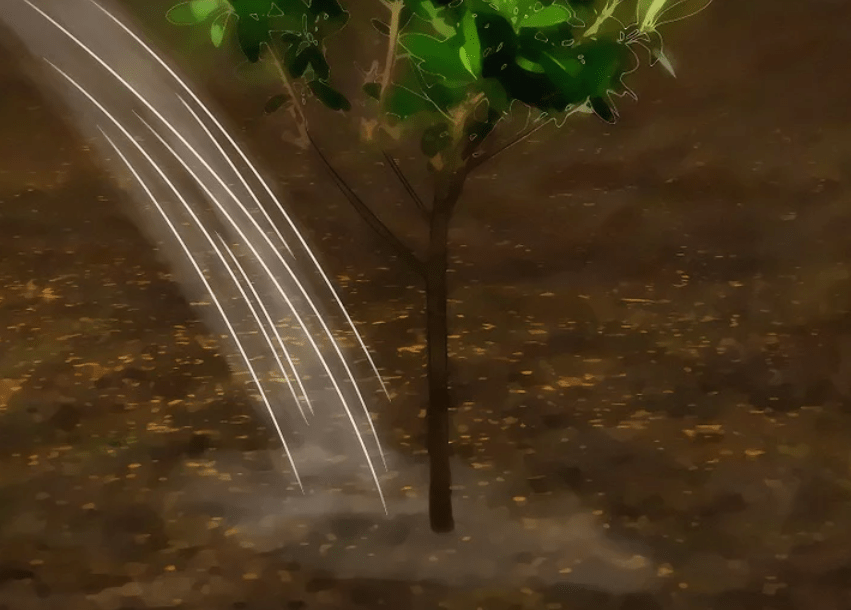
It’s important to water your young olive trees regularly to ensure their healthy growth. The amount and frequency of watering will depend on factors such as the climate, soil type, and age of the trees. Generally, younger trees will need more frequent watering than mature trees. It’s important to water deeply to encourage the development of deep roots. However, be careful not to overwater, as this can lead to root rot. It’s best to check the soil moisture levels regularly and adjust your watering schedule accordingly. Using mulch around the base of the trees can also help retain moisture in the soil. Overall, proper watering is essential for the health and growth of young olive trees.
Fertilization: Types of fertilizer and application schedules.
There are different types of fertilizers that can be used for olive trees, including nitrogen, phosphorus, potassium, and micronutrient fertilizers. The specific type and amount of fertilizer needed will depend on the soil composition and the nutritional needs of the trees. It’s important to have the soil tested to determine the specific nutrient deficiencies and then select the appropriate fertilizer accordingly. The application schedule for fertilizing olive trees will also depend on the specific needs of the trees and the type of fertilizer being used. Generally, it’s recommended to fertilize in the early spring before the trees start their active growth period, and then again in the late spring or early summer. It’s important to follow the recommended application rates and to avoid over-fertilizing, as this can damage the trees. Proper fertilization is crucial for promoting healthy growth and fruit production in olive trees.
Transplanting and Repotting Olive Trees
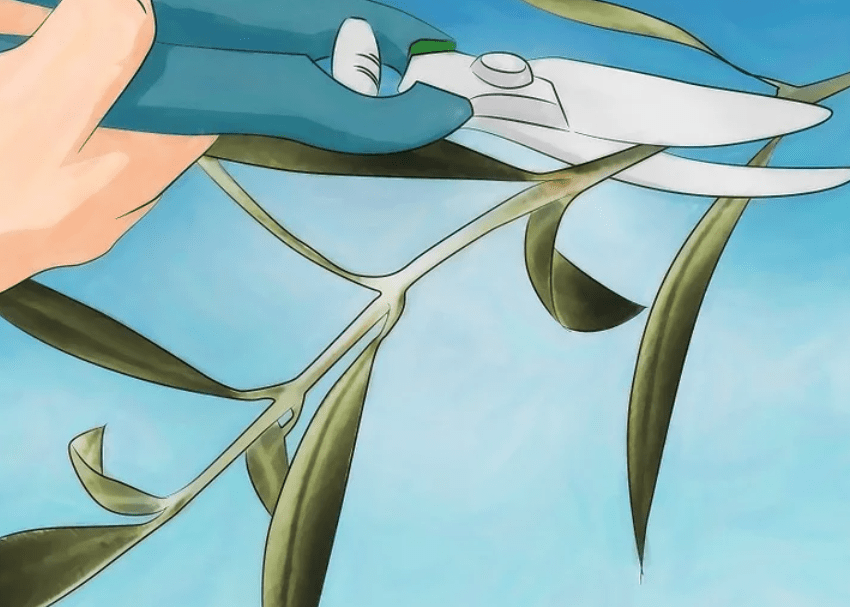
can be a delicate process that requires careful planning and execution. When transplanting an olive tree, it’s important to choose a location with well-drained soil and plenty of sunlight. The best time to transplant an olive tree is in the early spring or fall when the tree is dormant. To transplant a tree, carefully dig around the root ball and lift the tree out of the ground, being careful not to damage the roots. Then, plant the tree in the new location, making sure to water it thoroughly to help it establish itself in its new surroundings.
When repotting an olive tree, it’s important to choose a pot that is slightly larger than the current one to allow for root growth. Carefully remove the tree from its current pot and gently loosen the roots before placing it into the new pot with fresh soil. Water the tree well after repotting to help it adjust to its new container. It’s also important to monitor the tree for signs of stress after transplanting or repotting and to provide extra care and attention during this time to help the tree recover and thrive in its new environment. With proper care and attention, olive trees can be successfully transplanted and repotted to ensure their continued health and growth.
When and how to transplant young olive trees into larger containers or the garden.
Transplanting young olive trees into larger containers or the garden should be done in the early spring or fall when the tree is dormant. To transplant the tree, carefully dig around the root ball and lift the tree out of the ground, being careful not to damage the roots. It’s important to handle the tree gently to avoid shock and stress. Once the tree is lifted, it should be planted in the new location, making sure to water it thoroughly to help it establish itself in its new surroundings.
When repotting an olive tree, it’s important to choose a pot that is slightly larger than the current one to allow for root growth. Carefully remove the tree from its current pot and gently loosen the roots before placing it into the new pot with fresh soil. Water the tree well after repotting to help it adjust to its new container.
After transplanting or repotting, it’s important to monitor the tree for signs of stress and provide extra care and attention during this time to help the tree recover and thrive in its new environment. With proper care and attention, olive trees can be successfully transplanted and repotted to ensure their continued health and growth.
Pruning and Training Olive Trees
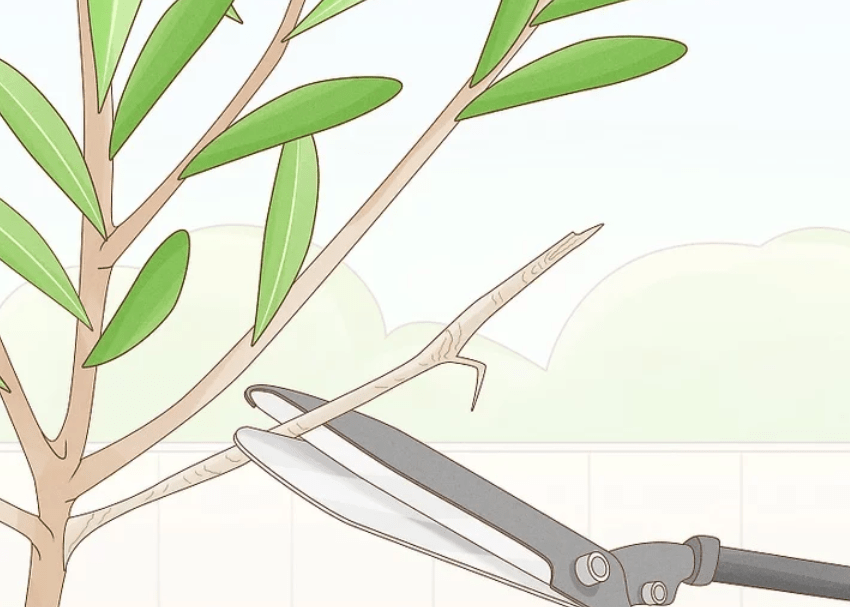
Olive trees require proper pruning and training to ensure their health and productivity. It’s important to prune olive trees to remove dead or diseased branches, promote healthy growth, and shape the tree for optimal fruit production. Pruning should be done in the late winter or early spring before new growth begins. When pruning, it’s important to use sharp, clean tools and make clean cuts to prevent damage to the tree.
Training olive trees involves shaping the tree to a desired form, such as a vase shape, to allow for better sunlight penetration and air circulation. This can help improve fruit production and overall tree health. It’s important to start training young olive trees early on and continue to shape them as they grow.
Overall, proper pruning and training are essential for the health and productivity of olive trees. It’s important to handle the tree gently to avoid shock and stress. Once the tree is lifted, it should be planted in the new location, making sure to water it thoroughly to help it establish itself in its new surroundings. When repotting an olive tree, it’s important to choose a pot that is slightly larger than the current one to allow for root growth. Carefully remove the tree from its current pot and gently loosen the roots before placing it into the new pot with fresh soil. Water the tree well after repotting to help it adjust to its new container. After transplanting or repotting, it’s important to monitor the tree for signs of stress and provide extra care and attention during this time to help the tree recover and thrive in its new environment. With proper care and attention, olive trees can be successfully transplanted and repotted to ensure their continued health and growth.
Harvesting Olives
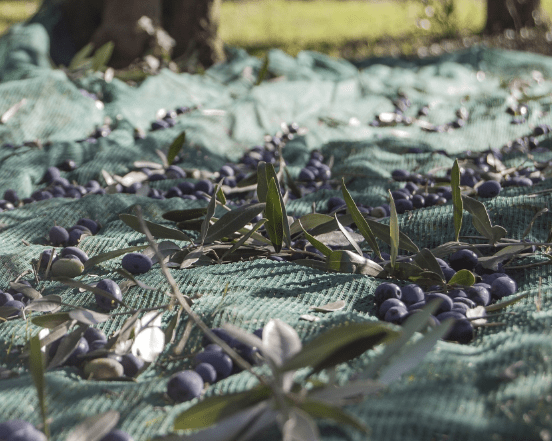
can be a rewarding and enjoyable experience. When it comes to harvesting olives, it’s important to handle the tree gently to avoid shock and stress. Once the tree is lifted, it should be planted in the new location, making sure to water it thoroughly to help it establish itself in its new surroundings. When repotting an olive tree, it’s important to choose a pot that is slightly larger than the current one to allow for root growth. Carefully remove the tree from its current pot and gently loosen the roots before placing it into the new pot with fresh soil. Water the tree well after repotting to help it adjust to its new container. After transplanting or repotting, it’s important to monitor the tree for signs of stress and provide extra care and attention during this time to help the tree recover and thrive in its new environment. With proper care and attention, olive trees can be successfully transplanted and repotted to ensure their continued health and growth.
Uses of Olives and Olive Oil
Olives and olive oil have numerous uses and health benefits. Olives can be eaten as a snack, added to salads and pasta dishes, or used to make olive oil. Olive oil is not only a delicious and healthy cooking oil, but it also has many other uses. It can be used as a natural moisturizer for the skin and hair, as a natural alternative to shaving cream, and even as a wood conditioner. Olive oil is also known for its health benefits, such as reducing the risk of heart disease, lowering cholesterol levels, and promoting overall heart health. Additionally, olives and olive oil are rich in antioxidants and anti-inflammatory properties, making them a great addition to a healthy diet. Whether it’s in the kitchen or as part of a beauty routine, olives and olive oil offer a wide range of uses and benefits.
In conclusion, growing olive plant seeds can be a rewarding experience for beginners in gardening. By following the step-by-step guide provided in this post, you can ensure that your olive plant seeds have the best chance of growing into healthy, thriving plants. Remember to provide the right conditions, such as sunlight and well-drained soil, and to regularly water and fertilize the seedlings as they grow. With patience and care, you can enjoy the beauty of your own olive plants in no time.
Frequently asked questions And Answer
Yes, you can grow olive plant seeds indoors. Just make sure they are in a warm and sunny location, and you may need to provide additional lighting if natural light is limited.
Olive plant seeds can take anywhere from 3 to 12 months to germinate, so patience is key when growing them
Olive plants prefer well-draining soil with a slightly acidic pH. A mix of potting soil and sand can work well for olive plant seeds.
Water your olive plant seeds when the top inch of soil feels dry to the touch. Be careful not to overwater, as this can lead to root rot.
While growing from seeds, olive plants need to be kept in a warm and sunny environment, and they should be protected from drafts and extreme temperatures. Additionally, they may benefit from occasional fertilization with a balanced fertilizer.
Yes, olive plant seeds can be grown in containers. Just make sure the container has drainage holes and is large enough to accommodate the growing plant.
Olive plants can grow to be quite tall, reaching heights of 20-30 feet when fully mature. However, they can be pruned to maintain a smaller size if desired.
Olive plants grown from seeds can take several years to produce fruit, often 5-12 years. If you’re looking for a quicker harvest, consider starting with a mature olive tree or purchasing a grafted olive plant.
